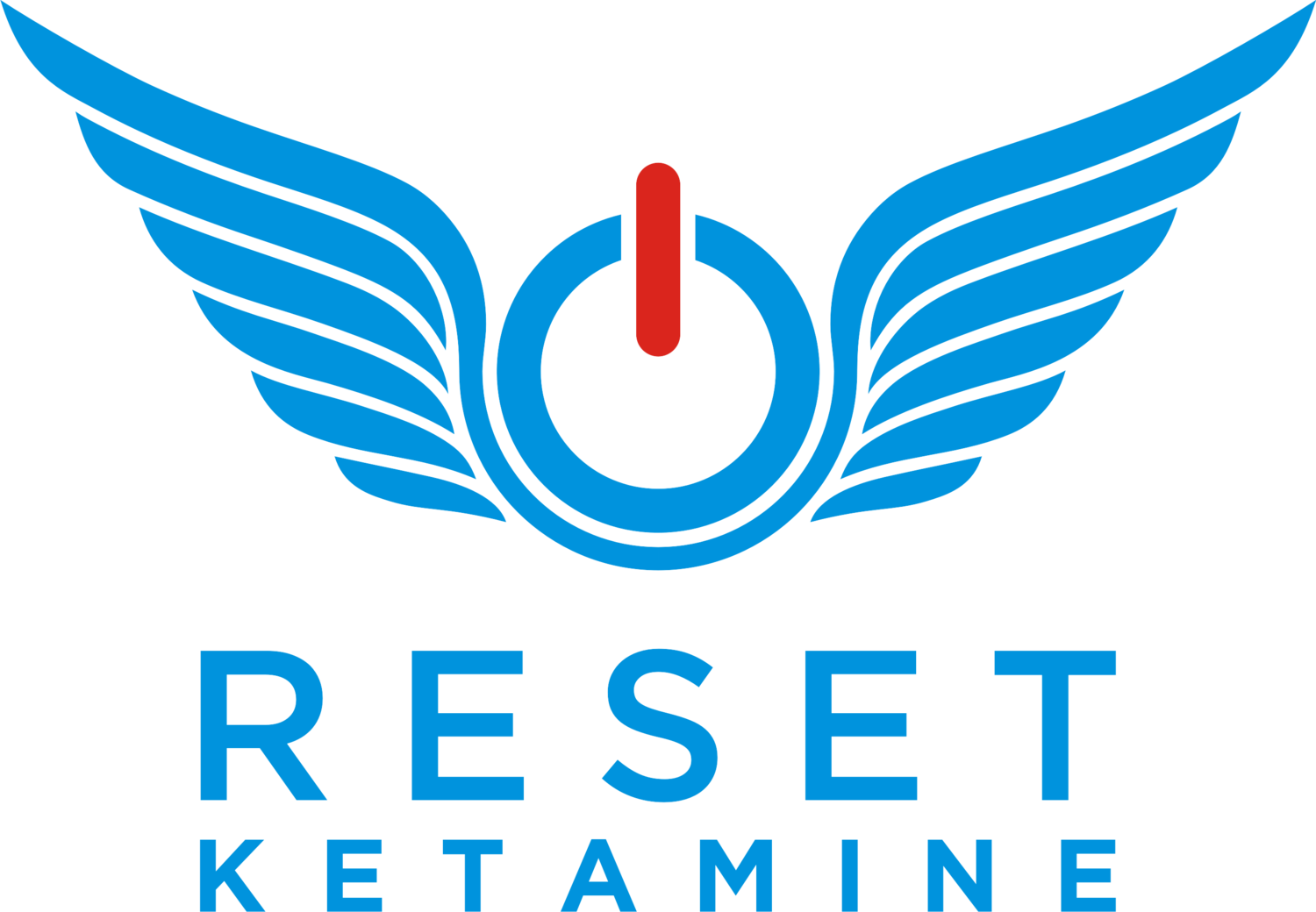Ketamine is alleviating symptoms of those suffering from Major Depressive Disorder (MDD). It works rapidly and effectively, especially compared to traditional treatment such as selective serotonin reuptake inhibitors (SSRIs).
So, how is ketamine making this happen? There is currently no definitive answer to, “How Does Ketamine Exactly Work?” and honestly we don’t believe there is only one single answer. We believe there are multiple mechanisms (scroll to the bottom to check out a couple videos where Dr. Ko explain the less “scientific” mechanisms, such as the spiritual mechanism)
That being said, there are a lot of fascinating studies that help us understand what is happening to individuals with depression at the level of the brain utilizing neuro-imaging. Research shows that there is altered brain activity when processing emotion related information in those with depression. Using functional magnetic resonance imaging (fMRI), researchers found increased activity in the prefrontal and limbic regions of the brain in those with depression when they attempt emotional processing (1). Other research also found increased activity in the ventrorostral anterior cingulate cortex (ACC) and decreased activity in the dorsal ACC when viewing emotional stimuli in the form of words and images (2).
To explore how ketamine affects emotional processing in those with depression, Dr. Reed and colleagues performed a double-blind, placebo-controlled crossover study measuring the blood oxygen level signal changes (aka activity) in the brain using fMRI during emotional processing (3). Since this was a crossover study, participants were first randomized to either receive saline or ketamine (0.5mg/kg infused over 40 minutes), then 2 weeks later, would receive the opposite of what they first received (i.e. if they first got saline, then 2 weeks later they would get ketamine).
While undergoing the scans, the participants completed facial expression recognition testing. In this part, they had to determine the emotion by looking at images of faces. For example, they would need to identify if the face was happy/neutral or sad/angry. Additionally, complexity was added by having some images upright and others upside down. Then they compared the post-saline and post-ketamine fMRI scans.
Similar to other research, they found hyperactivity in the regions of the brain responsible for emotional processing compared to healthy control subjects (in particular the cuneus, left temporal and medial frontal gyri, and right parietal cortex). They found that when comparing ketamine versus the placebo infusion, the activity was decreased relative to the placebo. This finding demonstrated a normalizing effect on the brain during emotional processing with ketamine infusions. Interestingly, another study showed normalization of connectivity between the insula and the default mode network two days after the ketamine infusions in depressed patients (4).
We believe how ketamine treats depression is multifaceted. We are excited to see neuro-imaging research supporting how ketamine is revolutionizing the treatment of mood disorders. Reviewing all the various research articles, we’ve concluded that ketamine is “resetting” the brain! Just like when your cell phone is working right, apps are acting buggy, and not all your texts are going through...sometimes you just have to reset.
Want to learn more about the less “scientific” ways ketamine treats depression, pain, and anxiety? Watch the videos below!
Psychological Mechanism of Ketamine
Spiritual Mechanism of Ketamine
Please share this post with others! If you have any questions or comments. please leave them below!
References
Rive MM, van Rooijen G, Veltman DJ, Phillips ML, Schene AH, Ruhe HG (2013): Neural correlates of dysfunctional emotion regulation in major depressive disorder: A systematic review of neuroimaging studies. Neurosci Biobehav Rev 37:2529–2553.
Jaworska N, Yang XR, Knott V, MacQueen G (2015): A review of fMRI studies during visual emotive processing in major depressive disorder. World J Biol Psychiatry 16:448–471.
Reed JL, Nugent AC, Furey ML, Szczepanik JE, Evans JW, Zarate CA Jr (2019): Effects of ketamine on brain activity during emotional processing: Differential findings in depressed versus healthy control participants. Biol Psychiatry Cogn Neurosci Neuroimaging 4:610–618.
Evans JW, Szczepanik J, Brutsché N, Park LT, Nugent AC, Zarate CA. (2018): Default mode connectivity in major depressive disorder measured up to 10 days after ketamine administration. Biol Psychiatry 84:582–590.












Explore the transformative journey of ketamine therapy beyond the treatment room; emphasizing the critical importance of applying insights and making tangible changes in your life.